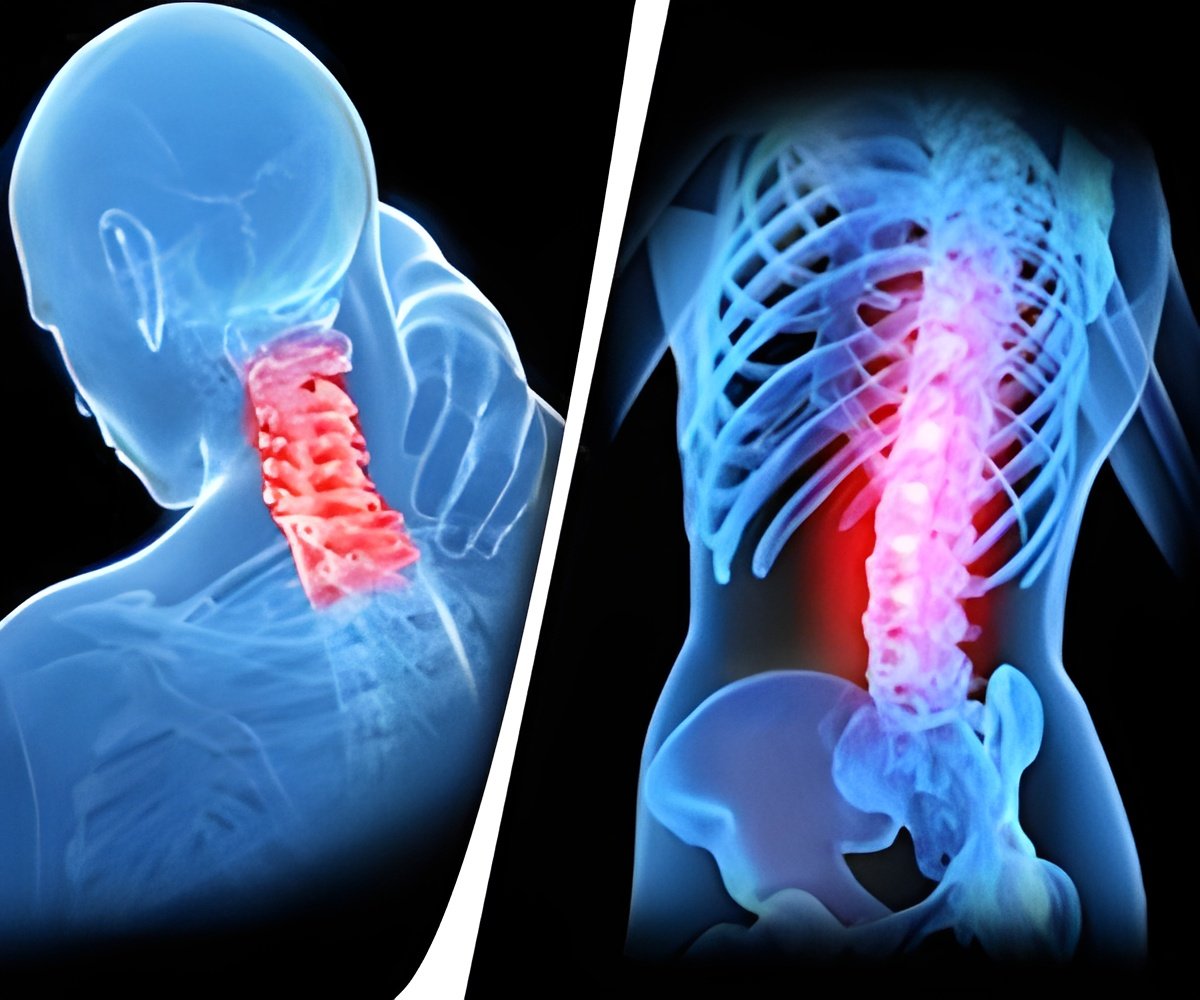A team of American researchers has found that blocking a pain receptor in mice can lead to extended lifespan and improve metabolism.

The "hot" compound in chili peppers, capsaicin, is already known to activate this pain receptor, called TRPV1 (transient receptor potential cation channel subfamily V member 1). In fact, TRPV1 is often called the capsaicin receptor. Constant activation of the receptor on a nerve cell results in death of the neuron, mimicking loss of TRPV1, which could explain why diets rich in capsaicin have been linked to a lower incidence of diabetes and metabolic problems in humans.
More relevant therapeutically, however, is an anti-migraine drug already on the market that inhibits a protein called CGRP that is triggered by TRPV1, producing an effect similar to that caused by blocking TRPV1. Dillin showed that giving this drug to older mice restored their metabolic health to that of younger mice.
"Our findings suggest that pharmacological manipulation of TRPV1 and CGRP may improve metabolic health and longevity," said Dillin, who is a Howard Hughes Medical Institute investigator and the Thomas and Stacey Siebel Distinguished Chair in Stem Cell Research. "Alternatively, chronic ingestion of compounds that affect TRPV1 might help prevent metabolic decline with age and lead to increased longevity in humans."
Dillin and his colleagues at UC Berkeley and The Salk Institute for Biological Studies in La Jolla, Calif., will publish their results in the May 22 issue of the journal Cell.
Pain and obesity
Advertisement
Past research has shown that mice lacking TRPV1 are protected against diet-induced obesity, suggesting that this receptor plays a role in metabolism. Disrupting sensory perception also increases longevity in worms and flies. But until now, it was not known whether sensory perception also affects aging in mammals.
Advertisement
Moreover, old mice treated with the anti-migraine drug, which inhibits the activity of CGRP receptors, showed a more youthful metabolic profile than untreated old mice.
UC Berkeley and The Salk Institute filed a patent May 16 on the technology described in the Cell paper. Dillin plans to continue his studies of the effects of TRPV1 and CGRP blockers on mice and, if possible, humans.
Source-Eurekalert












